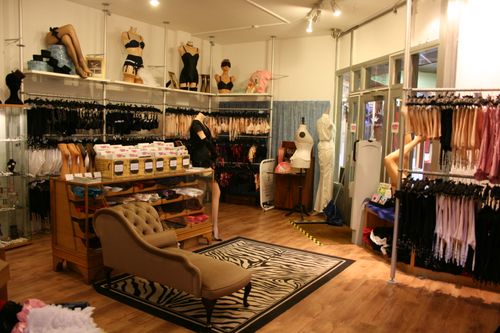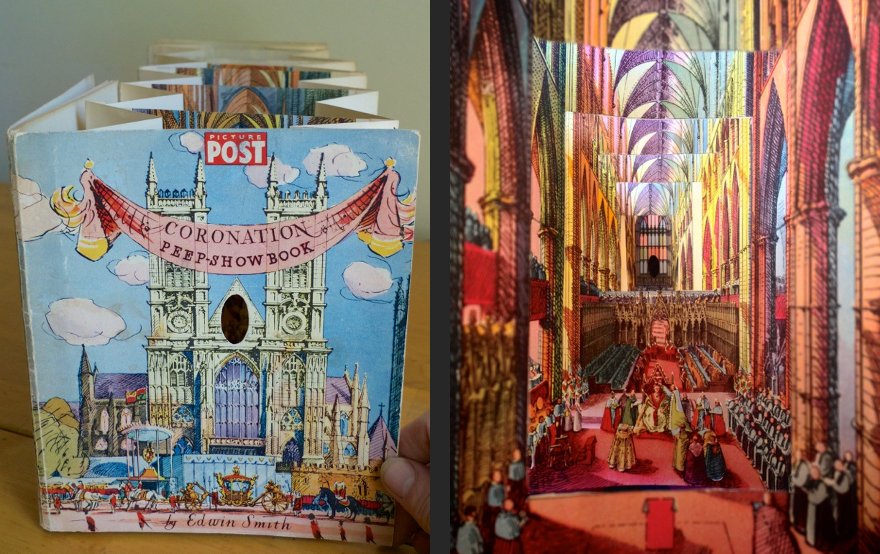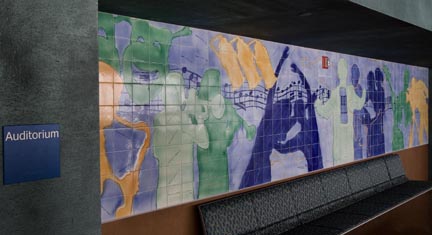Automata
An automaton (plural: automata or automatons) is a self-operating machine or robot.
The word "automaton" is the latinization of the Greek αὐτόματον, automaton, (neuter) "acting of one’s own will". This word was first used by Homer to describe automatic door opening, or automatic movement of wheeled tripods. It is more often used to describe non-electronic moving machines, especially those that have been made to resemble human or animal actions, such as the jacks on old public striking clocks, or the cuckoo and any other animated figures on a cuckoo clock.
In the mid-8th century, the first wind powered automata were built.
The world's first successfully-built bio mechanical automaton is considered to be The Flute Player, invented by the French engineer Jacques de Vaucanson in 1737. He also constructed the Digesting Duck, a mechanical duck that gave the false illusion of eating and defecating, seeming to endorse Cartesian ideas that animals are no more than machines of flesh.
In 1769, a chess-playing machine called the Turk, created by Wolfgang von Kempelen, made the rounds of the courts of Europe purporting to be an automaton. The Turk was operated from inside by a hidden human director, and was not a true automaton.
Japan adopted automata during the Edo period (1603–1867); they were known as karakuri ningyō. Automata, particularly watches and clocks, were popular in China during the 18th and 19th centuries, and items were produced for the Chinese market. Strong interest by Chinese collectors in the 21st century brought many interesting items to market where they have had dramatic realizations.
The period 1860 to 1910 is known as "The Golden Age of Automata". During this period many small family based companies of Automata makers thrived in Paris. From their workshops they exported thousands of clockwork automata and mechanical singing birds around the world. It is these French automata that are collected today, although now rare and expensive they attract collectors worldwide. The main French makers were Bontems, Lambert, Phalibois, Renou, Roullet & Decamps, Theroude and Vichy.
Some mechanized toys developed during the 18th and 19th centuries were automata made with paper. Despite the relative simplicity of the material, paper automata require a high degree of technical ingenuity.














































